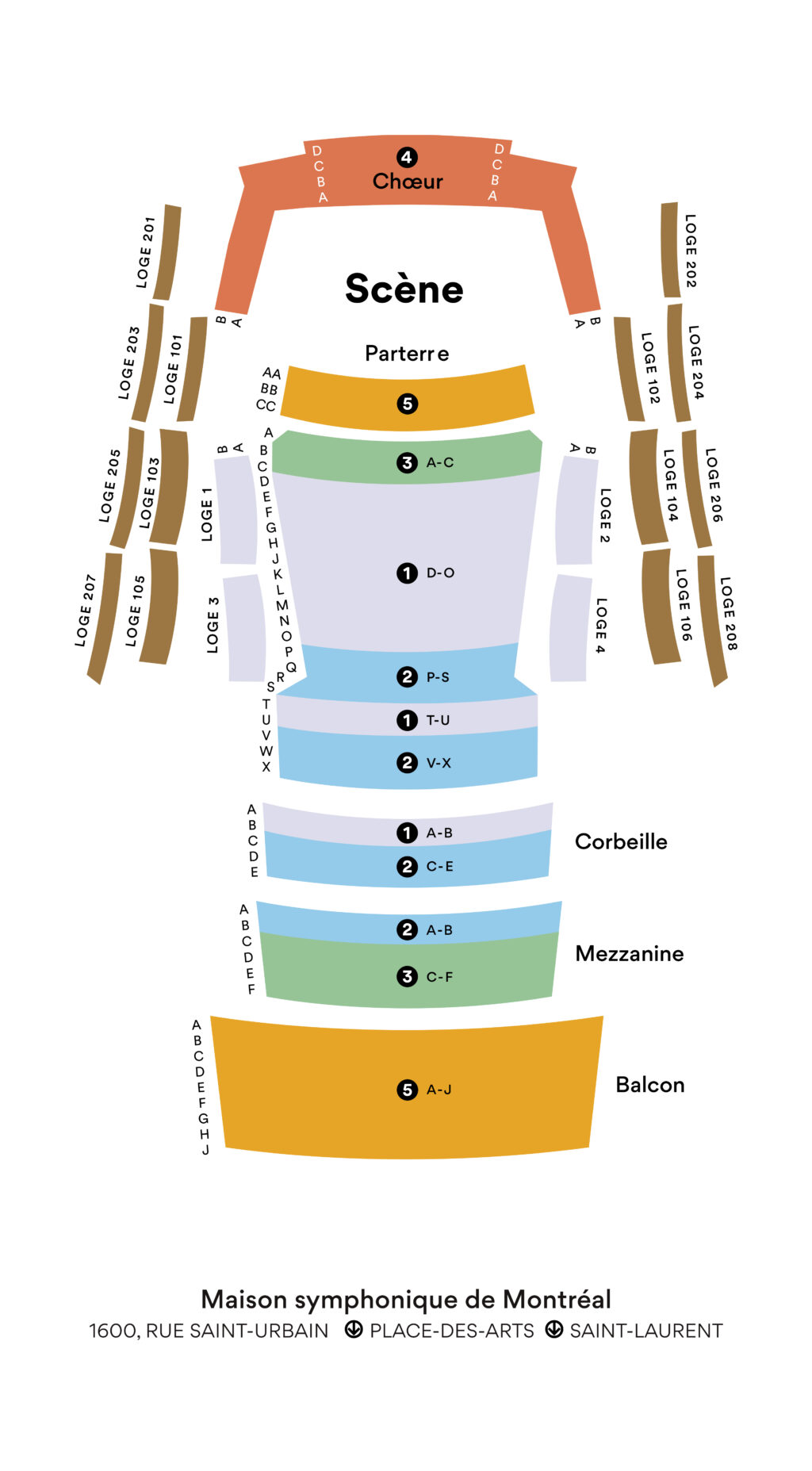El Sombrero de tres picos ( The Three-Cornered Hat), Suite No. 1
De Falla
1876 – 1946
The modern Spanish school came into its own with Isaac Albeníz (1860-1909) and Enrique Granados (1867-1916), who, as the first exponents, brought it to the world’s attention. Following in their footsteps were Manuel de Falla, Joaquín Turina (1882-1949) and Joaquín Rodrigo (1901-1999), the most popular ambassors, with de Falla generally considered the greatest of them all.
In 1917, de Falla composed a two-scene pantomime ballet titled El Corregidor y la molinera (The Magistrate and the Miller’s Wife), based on a story by Spanish novelist Pedro de Alarcón (1833-1891). Like his preceding masterpiece El Amor brujo (Love, the Magician, 1915), the music is steeped in the harmonies of the cante jondo, the authentic Flamenco singing of the Andalusian Roma, which de Falla was well acquainted with.
After attending the premier of The Magistrate, the renowned impresario Serge Diaghilev (1872-1929) commissioned a more elaborate version reorchestrated for large forces. Renamed El Sombrero de tres picos (The Three-Cornered Hat), which was the title of Alarcón’s novel, this definitive version received its premiere at the Alhambra Theatre in London in 1919, with none other than Pablo Picasso responsible for the sets and Léonide Massine in charge of choreography. The two orchestral suites drawn from The Three-Cornered Hat omit two Flamenco-style songs sung by a mezzo-soprano but retain most of the other music.
© 2022 Claudio Ricignuolo
Translation by Craig Schweickert
